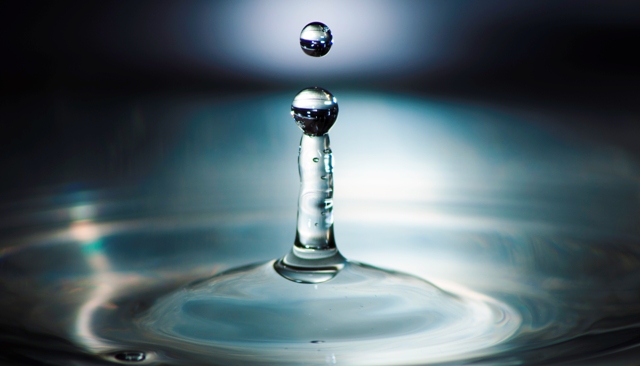
According to the report, over 35% of Pakistanis do not have access to safe drinking water.
The report revealed that the quality of water available for drinking is low. A number of water samples have ben found contaminated with bacterial contamination, arsenic, fluoride and nitrate.
The vast majority of the population does not have access to safe drinking water, due to which incidence of water-borne diseases is increasing rapidly.
According to official sources in the Ministry of Science and Technology, high population growth rate, urbanisation, industrialisation and new environmental constraints are aggravating the problem. Pakistan’s estimated current per capita water availability of around 1,066 M3, places it in the “high water stress” category, said an official.
Due to increased demand of water for irrigation, industry and public use, the per capita water availability will be further reduced to 858 M3 by 2025, the official added.
The ST&I Policy 2012 suggests legislation to ensure compliance with standards for drinking water by individuals and institutions. The policy also recommends development of inexpensive desalination techniques.
Published in The Express Tribune, January 21st, 2013.
1731570357-0/elon-musk-(1)1731570357-0-405x300.webp)
-(1)1717678110-0/Kendrick-(1)-(1)1717678110-0-165x106.webp)






1732428532-0/BeFunk_§_]__-(43)1732428532-0.jpg)








COMMENTS
Comments are moderated and generally will be posted if they are on-topic and not abusive.
For more information, please see our Comments FAQ